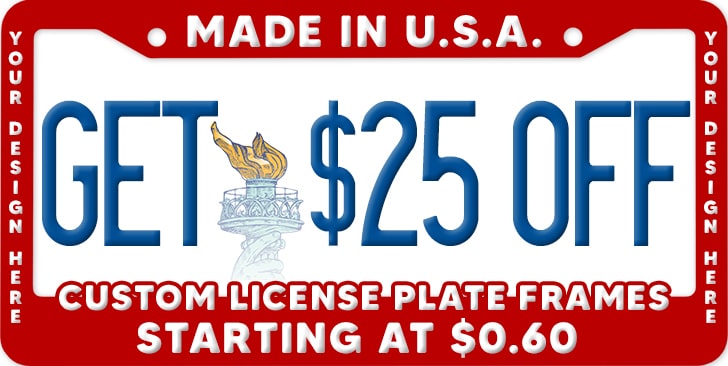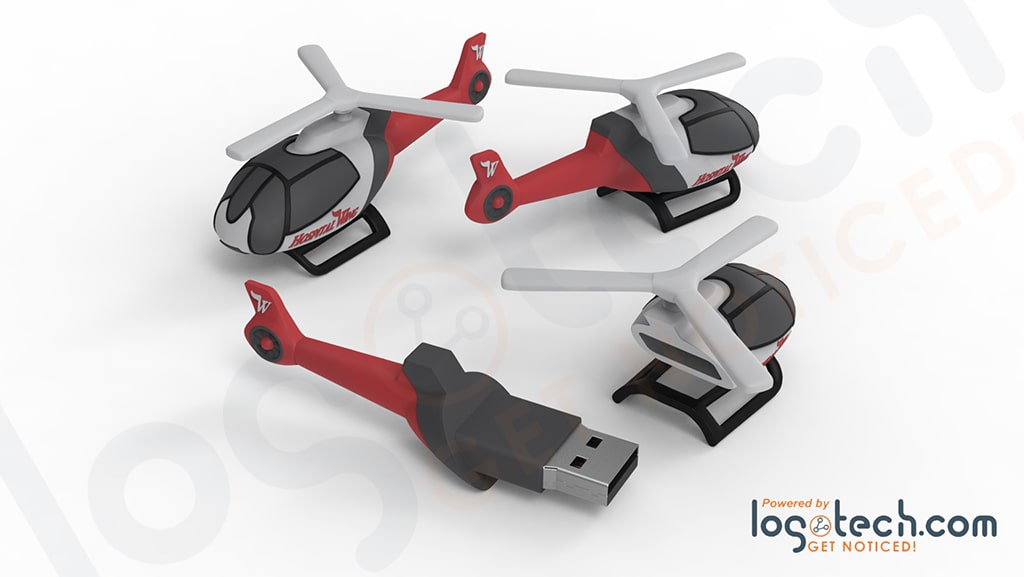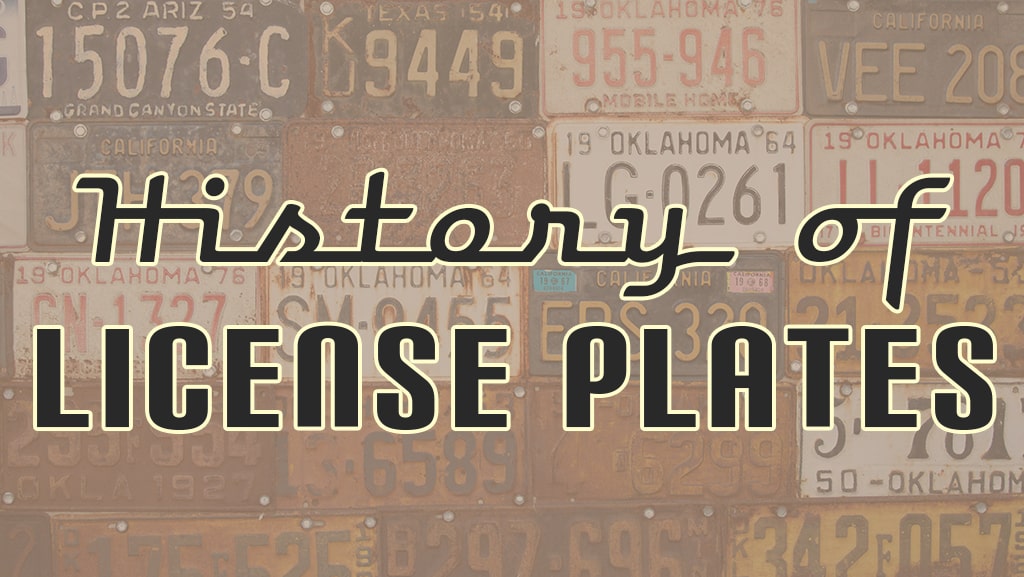
The History of License Plates
Driving Through Time: The Fascinating Journey of License Plates
License plates are a small feature of daily life that we rarely consider. These small, rectangular pieces of metal, printed with a unique combination of numbers and letters, identify millions of vehicles on the roads worldwide. Yet, if we look beneath the surface, license plates have a fascinating history! They have had a century-long evolution, adapting to societal changes, legal frameworks, and technological advancements. So buckle up as we explore the long history of license plates– from their inception in the late 19th century to the present day.
The Early Days: License Plates in the Late 19th Century
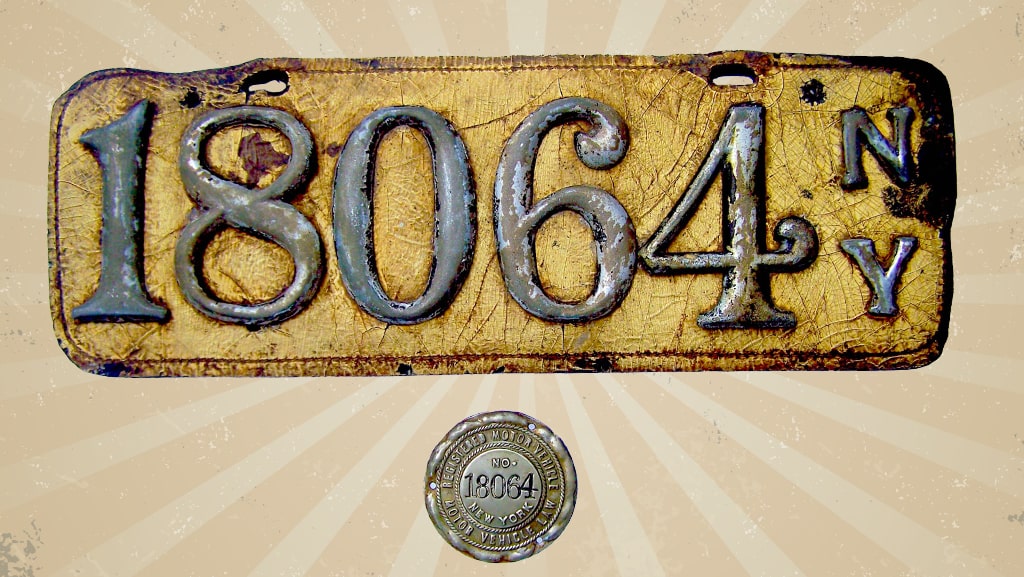
License plates are a regular part of the modern automotive environment, but it wasn't always that way! The origin of license plates can be traced back to the late 19th century in France in 1893. Automobiles were a novel invention, and license plates were a practical way to identify the owners of motor vehicles. These first license plates were rudimentary, typically made from iron, porcelain, or leather. They were hand-painted with the vehicle's registration number, generally produced by its owner. The size of license plates in the early days varied.
The concept of license plates crossed the Atlantic at the turn of the 20th century. In the United States, New York was the first state to mandate the use of license plates in 1901. This practice became popular, and other states soon began following suit. These early American license plates were made by the vehicle owner as well, with a simple design focused on practicality.
Mass Production and the 20th Century
The 20th century brought a massive shift in personal transportation. The rise of the automobile industry and the rapid surge in the number of motor vehicles on the road demanded a change in how license plates were produced. Owner-produced license plates began to die out, making way for mass production techniques that could cater to the growing demand.
In 1903, Massachusetts issued the first state license plates, marking a significant shift in the manufacturing process. Steel and aluminum were soon replaced with more economical and durable materials like iron and porcelain. These new license plate materials were resistant to wear and tear and were more amenable to shaping and painting. The uniformity in shape and design brought about by mass production created a car-license plate identification system that was efficient and easy to manage.
Evolution of License Plate Designs
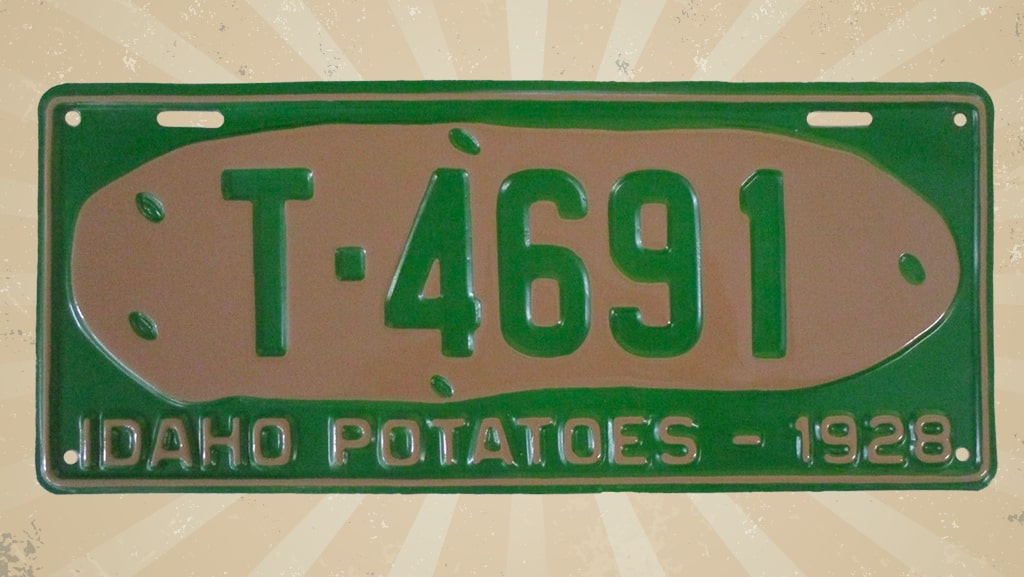
As cars came to dominate the roads, license plates evolved from their practical origins into unique identifiers. Different states began to view license plates as a blank canvas that could represent their unique identities. The simple, colorless designs of the early 20th century started giving way to vibrant colors, catchy slogans, and emblematic symbols!
In 1928, Idaho became a pioneer in this transformation by introducing the first state slogan, "Idaho Potatoes," on their plates. This simple yet effective strategy showcased a major element of the state's identity. As more states began adopting similar practices, different state license plates became a window into American culture and diversity. The standard license plate size (12" x 6") was adopted in 1957, creating a unified look across all states.
The Modern License Plate: Late 20th Century to Today
Modern license plates have come a long way from their humble beginnings. Today, they are more than mere vehicle identifiers; they reflect a state's history, culture, and values. Every license plate tells a story, whether showcasing natural wonders like Florida's sunshine or Colorado's majestic mountains or representing the state's industrial strength like Pennsylvania's steel industry.
The late 20th century saw license plates taking a more significant role in societal issues. Many states started using license plates to promote causes such as breast cancer awareness or to honor veterans, transforming them into mobile billboards. These visually appealing designs not only caught the public's eye but also amplified the reach of the state's message, making license plates a cornerstone of visual communication on the road.
The 'NO PLATE' Story and the Rise of Vanity Plates
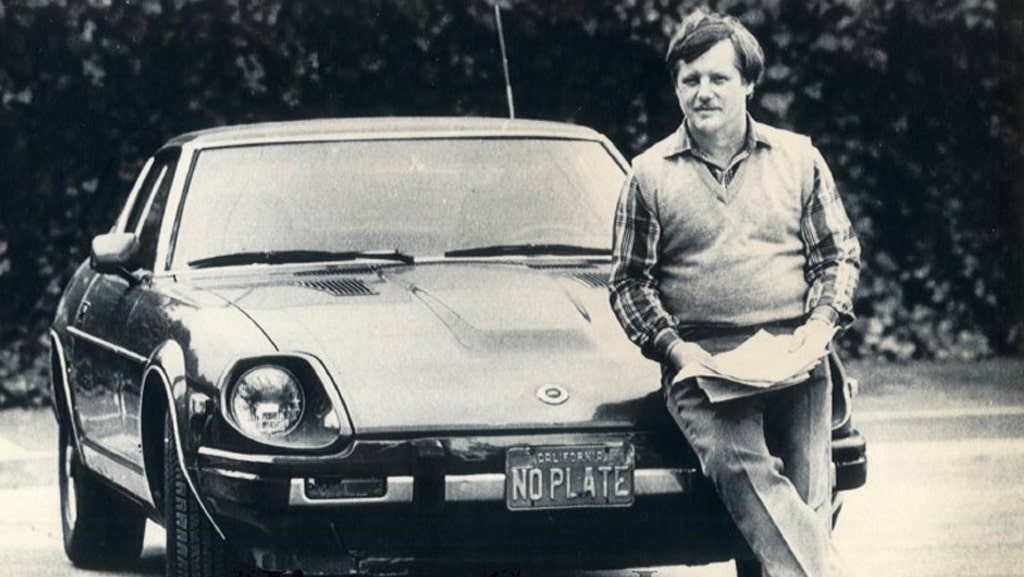
Vanity or personalized license plates first emerged in the 1960s. Connecticut was the first U.S. state to introduce vanity plates in 1937, allowing motorists to choose their registration numbers. However, it wasn't until the 1960s that this trend took off more broadly, and drivers started to customize their license plates with personal messages, names, or clever combinations of characters.
The rise of vanity plates opened a new chapter in license plate history. The ability to customize the characters on their plates gave motorists a chance to showcase their creativity and individuality. This newfound freedom, however, came with its share of amusing pitfalls.
A Los Angeles man named Robert Barbour experienced this in 1979 when he became the recipient of thousands of unpaid parking fines because of his vanity plates, which read 'NO PLATE'. Barbour, a sailing enthusiast, had filled out a Department of Motor Vehicles form for personalized plates. He wrote "SAILING" and "BOATING" as his top choices. Unable to think of a third option, he wrote "NO PLATE", intending to convey that he'd prefer no personalized plate if his top choices were unavailable. Misinterpreting Barbour's intent, the DMV issued him plates reading "NO PLATE".
Barbour was initially amused by this mix-up and decided to keep the plates due to their uniqueness. However, his amusement turned to surprise when he started receiving notices for unpaid parking tickets across the state. It turned out that when law enforcement officers ticketed a car with missing plates, they wrote "NO PLATE" in the license plate field. As a result, Barbour's unique plate was associated with every unpaid citation issued to a car without plates! Barbour still chose to keep the plates, sending letters and occasionally appearing in court to have the tickets expunged.
License Plates and Law Enforcement
Beyond their role in vehicle identification and personal expression, the license plates on a car are an essential tool for law enforcement agencies. With a vehicle's registration number, officers can access a wide range of information about its owner, insurance status, and whether it has been involved in any criminal activities or traffic violations. This kind of instant identification and access to relevant data greatly assists in maintaining public safety and enforcing traffic laws. They also make special types of license plates, like historical license plates or emergency vehicle plates, to offer even more information about the vehicle and its driver.
License plates have also been used to solve crimes. For instance, witness reports of license plate numbers have often led to breakthroughs in crime investigations. Hit-and-run cases, robberies, and even more serious offenses have been solved with the help of the humble license plate. Automatic License Plate Readers (ALPRs), which can read thousands of plates per minute, are used by police departments to identify stolen vehicles or those associated with crimes in real-time. These technologies have made license plates even more helpful in maintaining the law in our societies!
Cultural Significance of License Plates
License plates have transcended their practical origins to become cultural symbols. They can show identity, culture, and community, reflecting the zeitgeist of the day. The cultural significance of license plates is not only limited to their designs, slogans, and colors but also how people use them to express individuality and allegiance. From showcasing alma maters to favorite sports teams, from broadcasting life philosophies to wry humor, license plates have become mobile personal statements.
An interesting development in recent years has been the trend of advertising through license plate frames! Businesses have tapped into this unique advertising space to promote their brands and products. Automotive brands, educational institutions, and sports teams are some of the most common license plate frame advertisers.
Custom License Plates and License Plate Frames from Logotech
Logotech, a leader in the custom promotional products industry, is helping businesses leverage license plates' cultural significance and advertising potential! We offer a variety of custom license plates and custom license plate frames, providing a novel and effective marketing tool. With our expertise in the promotional field, businesses can design unique plates and frames that capture their brand identity and message, creating a lasting mobile advertisement for your brand!
The Future of License Plates: Digital License Plates
As we advance into the 21st century, license plates keep pace with technological advancements. The future of license plates is digital– a shift that promises many benefits. Digital license plates can display real-time information, change displays, and even send out emergency alerts! They can also reduce administrative burdens by automating processes like registration renewals, thus creating a seamless, paperless experience for motorists. Digital car license plates are currently approved for use in Arizona, California, and Michigan.
However, as with all technological advancements, privacy and data security concerns will need to be addressed. But if the history of license plates has taught us anything, they will continue to evolve and adapt to the changing times, reflecting our advancements, values, and stories.
From their humble beginnings in the late 19th century to their digital transformation in the present day, license plates have had a long journey. They have served as identifiers, storytelling devices, personal expression platforms, law enforcement aids, and even as marketing tools! It's easy to overlook the license plate in our everyday lives. But, as you've seen, they are a significant part of the automotive world's history and future.
Frequently Asked Questions
Q: How are license plates made?
A: License plates are generally made from aluminum. The process involves cutting the aluminum into rectangles, applying background colors, embossing the plate with numbers and letters, and applying a sheeting material that provides the plate's reflective quality.
Q: Do prisoners make license plates?
A: For over a hundred years, license plates have been produced by labor programs in prisons. While some states have moved their production out of prisons, incarcerated labor still produces an estimated 80% of license plates in the U.S.
Q: Are license plate frames legal in every state?
A: Every state has its own laws regarding license plate frames, but generally, frames are legal as long as the frame does not obstruct any information on the plate. For more information on license plate frames, check out our article on how to choose license plate frames in your state.
Q: Are license plates required in the front of a car?
A: Only some states in the U.S. require front license plates. 29 states and the District of Columbia require vehicles to have a front license plate. For a list of the front license plate states, click here.
Q: What's the penalty for an expired license plate registration?
A: In the U.S., motorists are required to renew their license plate registration annually. Registration dates are shown with a sticker placed in the corner of the license plate. The penalty for driving with an expired registration varies between states, but it generally includes a fine of $50-$200. In some states, if the registration has been expired for longer than six months, police may impound the vehicle.




